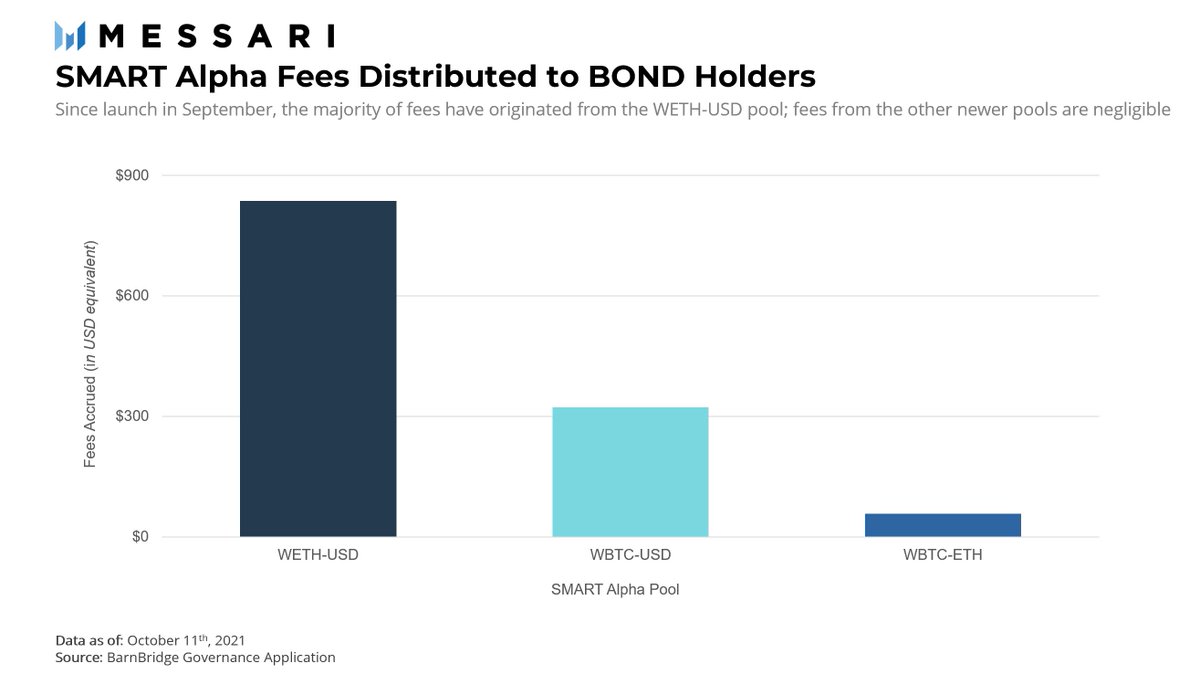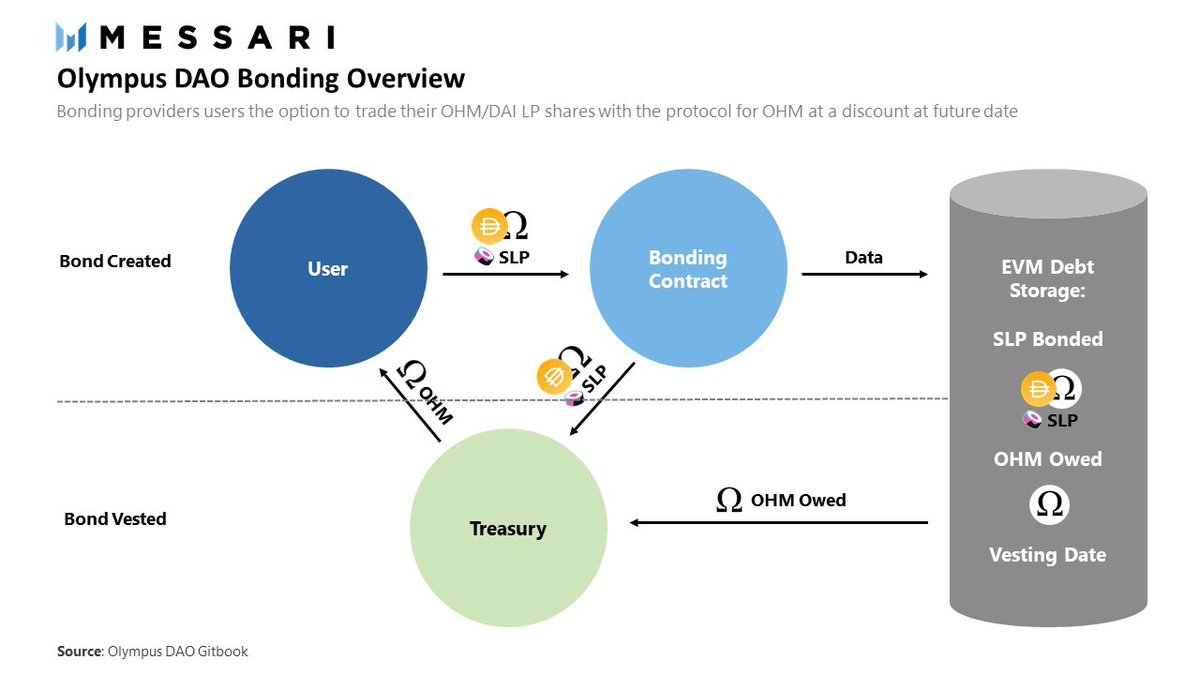
1/ "There were 3 main drivers for the major uptick we saw in Compound following the market crash:
+ more favorable market conditions
+ rising collateral value
+ lowered borrowing costs"
- @RyanWatkins_
We're live now with @rleshner and @twobitidiot!
crowdcast.io/e/q3compoundme…
+ more favorable market conditions
+ rising collateral value
+ lowered borrowing costs"
- @RyanWatkins_
We're live now with @rleshner and @twobitidiot!
crowdcast.io/e/q3compoundme…

@RyanWatkins_ @rleshner @twobitidiot 2/ "When I look at governance changes that the community implemented, so much happened this quarter - reducing the gas costs of claiming $COMP, adding new supported assets, proposal 62, and much more."
- @rleshner
crowdcast.io/e/q3compoundme…
- @rleshner
crowdcast.io/e/q3compoundme…
@RyanWatkins_ @rleshner @twobitidiot For reference of @compoundfinance's governance proposals over the past few months: 

@RyanWatkins_ @rleshner @twobitidiot 3/ "I'm excited to see what other metrics the community requests for subsequent reports, but I believe that this is top quality and it should be the gold standard in crypto reporting."
- @rleshner
We couldn't agree more!
crowdcast.io/e/q3compoundme…
- @rleshner
We couldn't agree more!
crowdcast.io/e/q3compoundme…
@RyanWatkins_ @rleshner @twobitidiot 4/ "All of this data was on-chain and available on the public forum, in real time, so the real benefit of this report is to bring everything to one place, while also adding the qualitative information needed to complete the picture."
- @RyanWatkins_
crowdcast.io/e/q3compoundme…
- @RyanWatkins_
crowdcast.io/e/q3compoundme…
@RyanWatkins_ @rleshner @twobitidiot 5/ "The @compoundgrants program was able to give us really exciting insight into what will come in the future"
- @RyanWatkins_
Check out more about the Grants Program here: compoundgrants.org
crowdcast.io/e/q3compoundme…
- @RyanWatkins_
Check out more about the Grants Program here: compoundgrants.org
crowdcast.io/e/q3compoundme…
@RyanWatkins_ @rleshner @twobitidiot 6/ "Standardization is incredible important - something we've seen in the DeFi investor community is that these protocols are producing income, but there has always been disagreement over what is/isn't income, and how to interpret that"
- @RyanWatkins_
crowdcast.io/e/q3compoundme…
- @RyanWatkins_
crowdcast.io/e/q3compoundme…
@RyanWatkins_ @rleshner @twobitidiot 7/ "With something like @compoundfinance, forward looking involves the entire community. Anyone can contribute ideas or code to advance the protocol. This quarter, nearly all of the advancement came from community members."
- @rleshner
crowdcast.io/e/q3compoundme…
- @rleshner
crowdcast.io/e/q3compoundme…
@RyanWatkins_ @rleshner @twobitidiot @compoundfinance 8/ "In addition to being fair and open, this data is radically transparent. That's what makes DeFi superior to TradFi. Anyone out there can validate these numbers. This is the future. It's real, it's packaged well, and anyone can call BS if there is BS."
- @rleshner
- @rleshner
@RyanWatkins_ @rleshner @twobitidiot 9/ "I'm excited to see so many updates coming from community developers. The community is also beginning to take over several parts of the ecosystem such as a community-led process for security auditing, and much more."
- @rleshner of @compoundfinance
- @rleshner of @compoundfinance
@RyanWatkins_ @rleshner @twobitidiot 10/ "We're living in chapter one of decentralized protocols, DAOs, and markets. Anyone can contribute to the code, the writing, or a number of other ways. I'm hoping that someone on this call gets inspired to become the next major contributor to @compoundfinance"
- @rleshner
- @rleshner
• • •
Missing some Tweet in this thread? You can try to
force a refresh


















